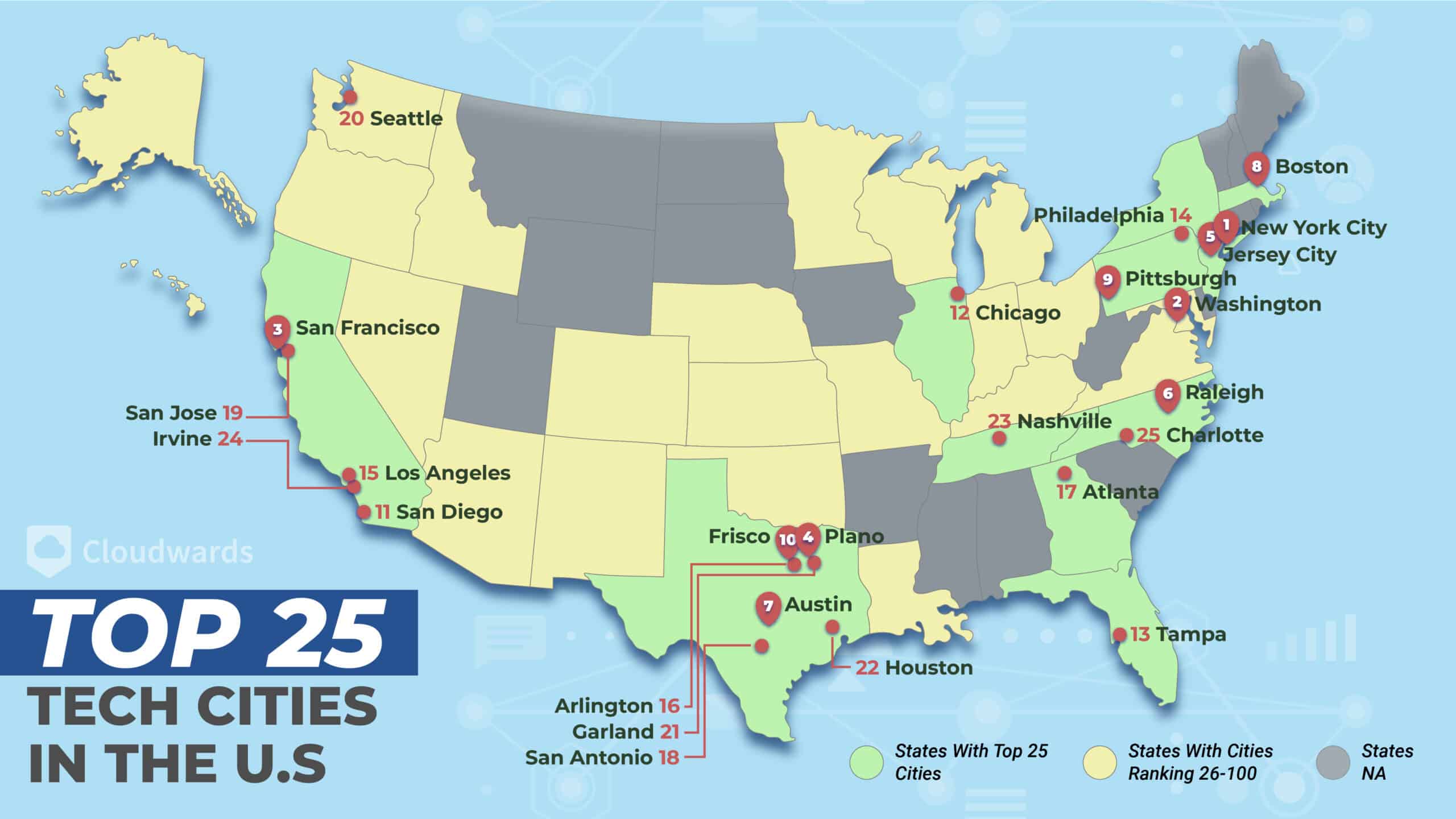A new national report ranking the best cities in America has declared Houston is the 13th best U.S. city in 2025.
The annual "America's Best Cities" report from Resonance Consultancy, a Canada-based real estate and tourism marketing firm, ranks the relative qualities of livability, cultural "lovability," and economic prosperity in America's principal cities with metropolitan populations of 500,000 or more.
These top 100 cities "brilliantly weave local culture with economic prospects, aligning with global and domestic travel trends to create premier experiences for both residents and travelers."
Houston's new placement is three spots lower than its triumphant No. 10 rank in 2024. Though it no longer holds a prized top-10 spot, the report hails Houston as a "coveted hometown for the best and brightest on earth."
Among Houston's other shining attributes are its booming population growth – which has now grown to a staggering 7.51 million people – plus its competitive real estate market and a vibrant hospitality and culinary scene. Additionally, Houston earned a well-deserved No. 4 rank in the report's "restaurants" subcategory.
"A 221-room Home2 Suites/Tru by Hilton debuted near Toyota Center in March, while Marriott’s newly renovated Residence Inn NASA/Clear Lake keeps surging visitors happy," the report said. "West Houston’s Greenside will convert 35,000 square feet of warehouses into a park-laced retail hub by 2026, while America’s inaugural Ismaili Center, rising along Allen Parkway, remains on schedule for later this year, adding yet another cultural jewel to H-Town’s festival-fueled mosaic."
The report additionally puts a large focus on Houston's innovative energy sector and its numerous large companies that boost the local economy and create thousands of jobs. Several of these Houston-based companies are some of the best places to work, according to U.S. News and World Report.
One such company that was specifically praised in the report was the HyVelocity Hub, which aims to "ensure economic resilience and long-lasting, domestic energy production" along the Gulf Coast.
"The HyVelocity Hydrogen Hub just locked in up to $1.2 billion from the U.S. DOE, targeting 45,000 jobs and slicing 7.7 million tons of CO₂ a year," the report said.
Elsewhere in Texas
Dallas (No. 14) and Austin (No. 15) ranked right behind Houston in the top 20, while San Antonio sank into the No. 41 spot after previously ranking 32nd last year. El Paso also fell from No. 83 in 2024 to No. 100 this year.
Jason McGrath, the executive vice president and head of U.S. Corporate Reputation at Ipsos, said in the report that American cities are proving their resiliency as they are faced with "climate issues, increasing infrastructural demands, and shifting geopolitical landscapes affecting international relations and travel."
"Despite these hurdles, cities are creatively reinventing themselves to shine as examples of cultural vibrancy and innovation, keeping their competitive edge both locally and globally," McGrath said. "Our report shows that the allure of American cities remains strong, thanks to their rich diversity and vast attractions — from natural wonders to buzzing cultural hubs."
The top 10 best cities in America in 2025 are:
- No. 1 – New York City, New York
- No. 2 – Los Angeles, California
- No. 3 – Chicago, Illinois
- No. 4 – San Francisco, California
- No. 5 – Seattle, Washington
- No. 6 – Miami, Florida
- No. 7 – Boston, Massachusetts
- No. 8 – Washington, D.C.
- No. 9 – Las Vegas, Nevada
- No. 10 – San Diego, California
This article originally appeared on CultureMap.com.


 First large-scale affordable housing project of 3D-printed homes rises in Houston Zuri Gardens is getting closer to completion. Courtesy rendering
First large-scale affordable housing project of 3D-printed homes rises in Houston Zuri Gardens is getting closer to completion. Courtesy rendering